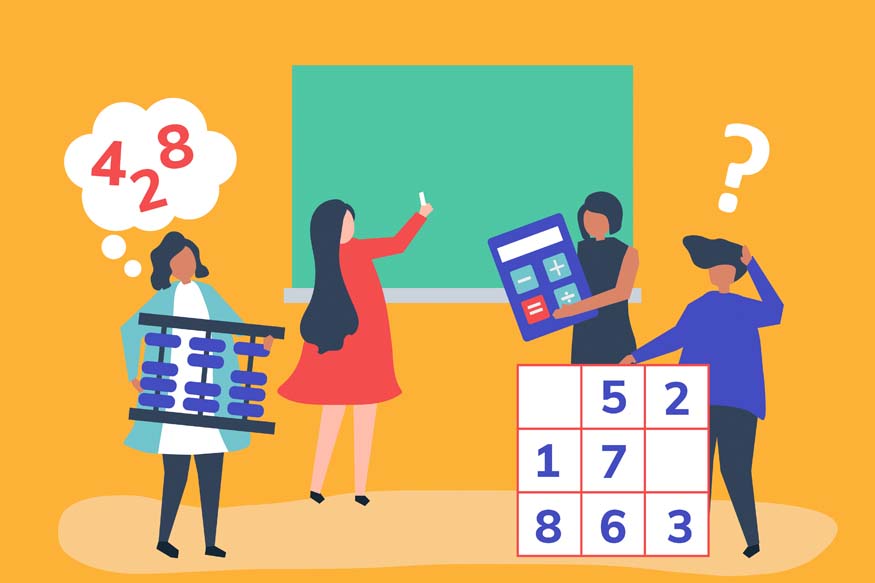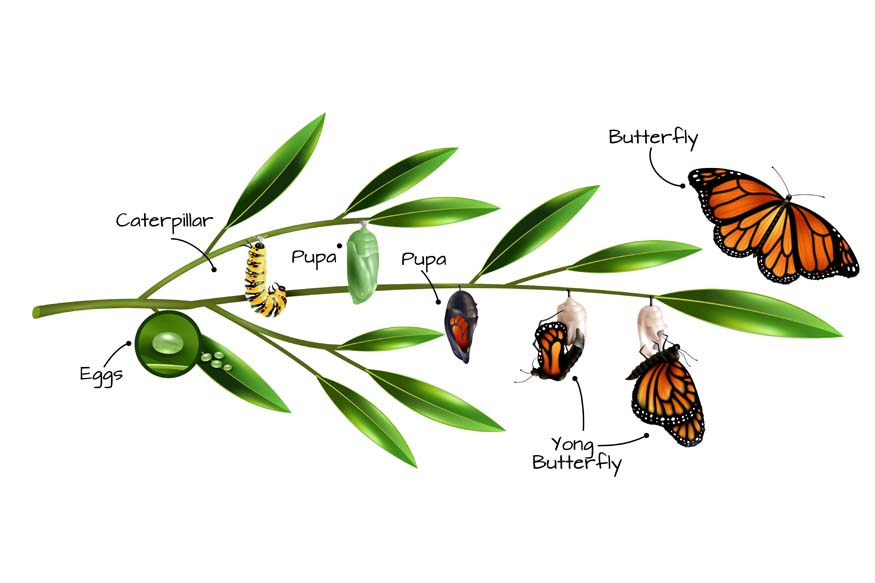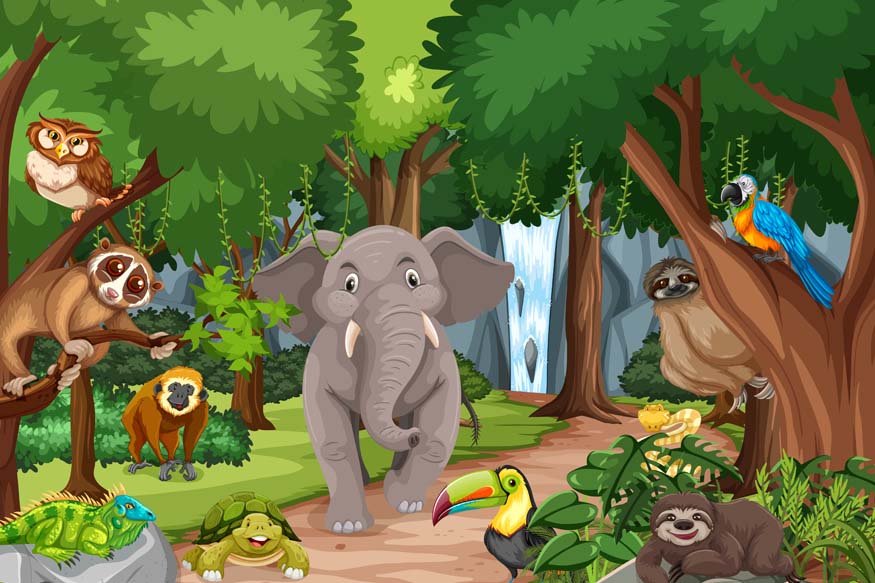The night sky has always captured the imagination of people, especially the kids. The shining stars and strange shapes spark curiosity and wonder. This article will look at constellations and stars for children, offering an enjoyable and educational adventure through space.
Stars – Definition
Stars are large, bright spheres of hot gases, mainly containing hydrogen and helium. They create light and heat through a process called nuclear fusion. This is where hydrogen atoms merge to make helium with high pressure, thereby releasing a lot of energy. The Sun in our solar system is a star and is the closest one to Earth, giving us the light and warmth needed for life.
Stars vary in size, colour, and temperature. Some are small and cool, like red dwarfs, while others are big and hot, like blue giants. A star’s colour shows its temperature. The blue stars are the hottest, and the red stars are cooler. Studying stars helps us learn about the vast universe and the different kinds of celestial objects that exist.
The Life Cycle of Stars
Stars go through a life cycle that lasts millions to billions of years. They are born in clouds of gas and dust known as nebulae. Over time, gravity gathers this material to create a protostar. When the core of the protostar gets hot enough, nuclear fusion starts, and a star is formed.
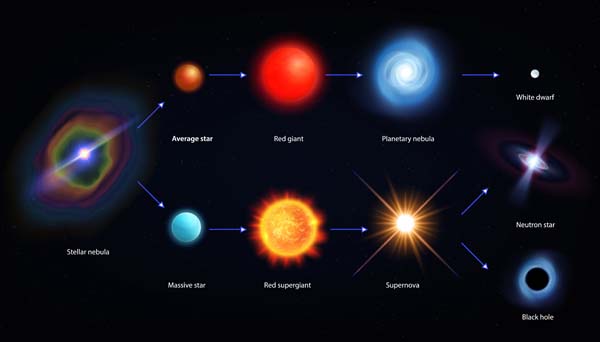
Most stars go through the main sequence phase, where they turn hydrogen into helium. Once a star runs out of hydrogen, it becomes a red giant. The way a star ends its life depends on its size. Smaller stars, like our Sun, will lose their outer layers and become a white dwarf. In contrast, bigger stars undergo supernova, resulting in a neutron star or a black hole.
Understanding Constellations
Constellations are groups of stars that create familiar shapes in the night sky. These shapes often look like animals, mythological characters, or various objects. Ancient people used constellations for navigation and to tell stories. Nowadays, astronomers rely on them to find specific stars and other celestial bodies.
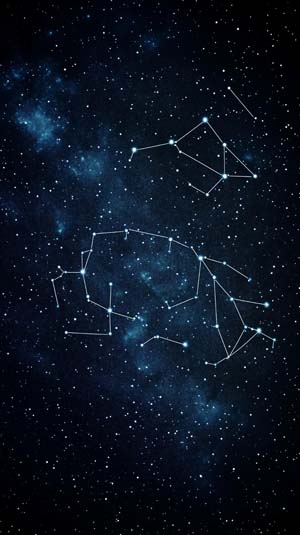
There are 88 officially recognized constellations. Some of the well-known ones are Orion, the Big Dipper, and Cassiopeia, each constellation having its own unique tale and importance. For instance, Orion, known as the hunter, is one of the easiest constellations to spot and can be seen from both the Northern and Southern Hemispheres.
Constellations for Kids
Teaching constellations for kids can be a fun and engaging way to introduce them to astronomy. Here are some tips to make them learn about constellations.
- Star Charts: Use star charts to help kids identify constellations in the night sky. These charts show the positions of stars and constellations at different times of the year.
- Storytelling: Share the myths and legends associated with different constellations. Stories about Orion, Hercules, and the Big Dipper can captivate children’s imaginations.
- Apps and Software: There are many apps and softwares available that can help kids learn about constellations. These tools use augmented reality to show the night sky and identify constellations in real-time.
- Hands-On Activities: Create constellation crafts, such as connecting the dots on paper to form constellations or using glow-in-the-dark stickers to recreate constellations on the ceiling.
About Stars
It is essential to understand different types and characteristics of stars especially when they fascinate you.
Types of Stars: Stars are classified based on their temperature and size. The main ones include red dwarfs, yellow dwarfs (like our Sun), blue giants, and red giants. Each type has unique properties and life cycles.
Star Clusters: Stars often form in groups called star clusters. There are two main types, namely – open clusters and globular clusters. Open clusters are loosely bound groups of young stars, while globular clusters are tightly packed groups of older stars.
Binary and Multiple Star Systems: Many stars are part of binary or multiple star systems, where two or more stars orbit a common centre of mass. These systems can provide valuable insights into stellar evolution and dynamics.
Observing Stars and Constellations
Observing stars and constellations can be a rewarding experience for kids as they might develop curiosity towards them and even pursue a career in the field.
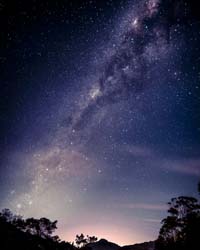
Find a Dark Location: Light pollution can make it difficult to see stars and constellations. Find a dark location away from city lights for the best viewing experience.
Use Binoculars or a Telescope: You can see many stars and constellations without any tools, but using binoculars or a telescope makes it even better. These devices help you spot more stars and see finer details.
Learn the Night Sky: Familiarise yourself with the night sky by studying about the locations of the main constellations and stars. This will help you spot different celestial objects more easily.
Join an Astronomy Club: Many communities have astronomy clubs that host star parties and observation nights. These events let people learn from skilled astronomers and try out high-tech equipment.
Fun Facts About Stars and Constellations
Here are some fun facts to share with kids:
The Sun: Our Sun is a medium-sized star and is about 4.5 billion years old. It will continue to shine for another 5 billion years before becoming a red giant.
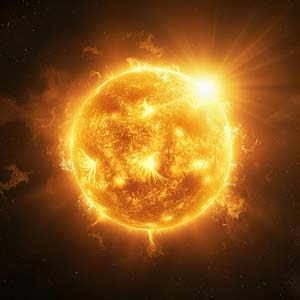
The North Star: Polaris, also known as the North Star, is part of the constellation Ursa Minor. It is almost directly above the North Pole, making it an excellent reference point for navigation.

The Big Dipper: The Big Dipper is not a constellation but an asterism, a recognizable pattern within a constellation. It is a part of the larger constellation Ursa Major.
Orion’s Belt: Orion’s Belt is a prominent feature of the constellation Orion. It consists of three bright stars in a straight line.
Shooting Stars: Shooting stars are not stars at all but meteors burning up in Earth’s atmosphere. They are a beautiful sight and often seen during meteor showers.
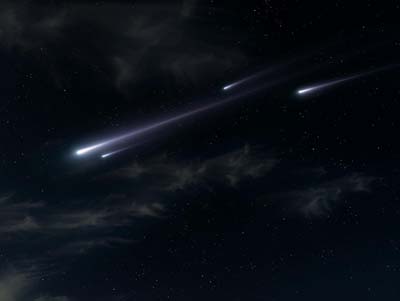
Conclusion
Observing stars and constellations can spark interest in kids towards astronomy and science. When children learn about stars and constellations, they gain a better understanding of the universe and its amazing features. There are many fun ways to teach kids about astronomy, like telling stories, doing activities, or watching the stars. So, get a star chart, go to a dark place, and begin your adventure in the night sky.
For more such informative/interesting blogs, visit Center Point School.


